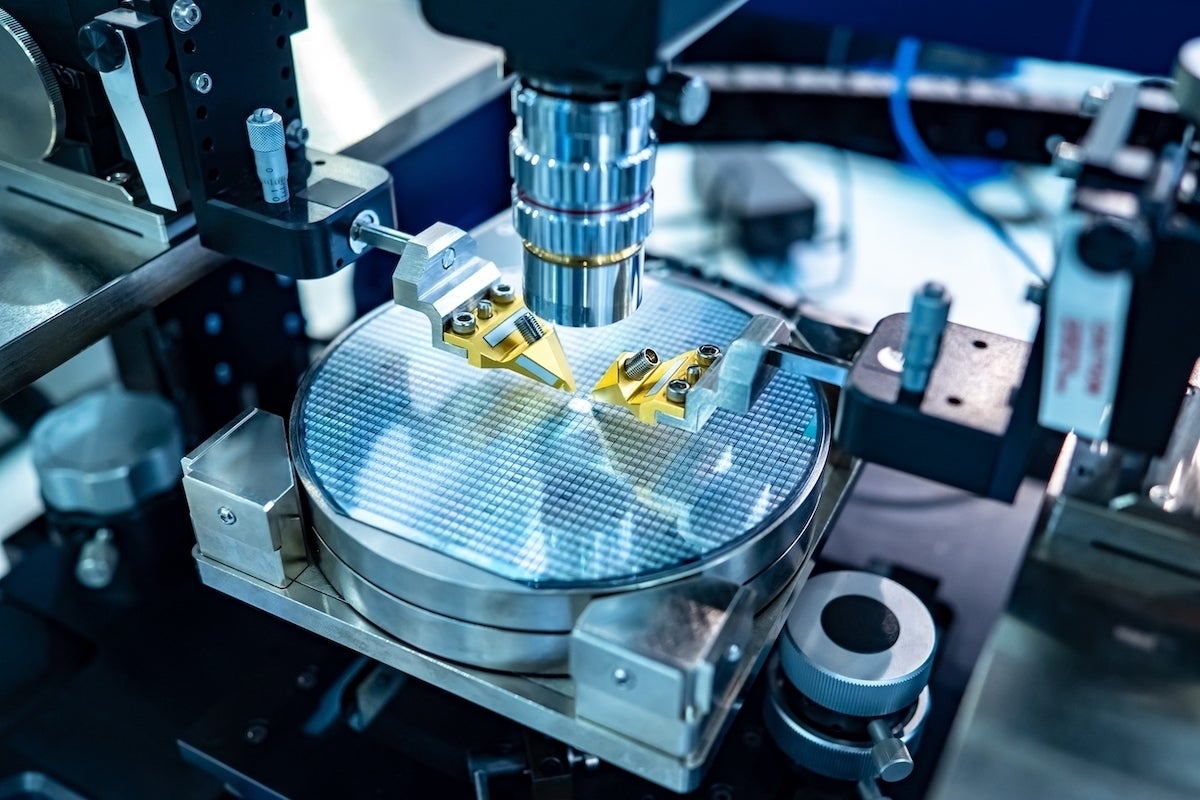- Finally, an Android tablet that I wouldn't mind putting my iPad Pro away for
- 8 communication strategy tips for IT leaders
- Why these $160 earbuds are my new favorite for work and travel over the AirPods
- US Offers $10 Million Reward for Tips About State-Linked RedLine Cybercriminals
- You can get an iPhone 16 for free with this Boost Mobile deal - no trade-in required
Nvidia planning 3 GPUs for sale in China to circumvent US restrictions: Reports

Chipmaker Nvidia is reportedly working on producing three new graphics processing units (GPUs) for sale in China in order to circumvent the new export restrictions imposed by the Biden administration.
The new chips — namely the H20, L20, and L2 — could go on sale in China from November 16 after the new US restrictions come into force, according to a news report from Chinastarmarket, which cites sources in the industrial supply chain put in place by Nvidia to manufacture these new GPUs.
The new GPUs could help Nvidia circumvent the new restrictions by the US government to thwart China’s access to advanced technology, including a limit on total chip performance at 4,800 TPP and a performance density of 5.92.
While the total chip performance limitation blocks the sale of high-powered GPUs — such as A100 and the H100, which are sold in China as the A800 and the H800 with modified bidirectional bandwidth rate — the performance density threshold of a chip was set by the Biden administration to block the loophole of Chinese enterprises and organizations buying GPUs with less performance power and stringing them together to build compute capacity for AI-based workloads.
“Performance density is total performance power of a chip divided by its die area,” semiconductor research and consulting firm, Semianalysis, wrote in a blog post.
As per the latest export restrictions, any chip with a performance density of 5.92 or above stands for an absolute export ban. Companies need to apply for a license for chips with performance densities between 3.2 and 5.92.
While the restrictions ban the use of Nvidia GPUs, such as the H100 SXM, L40 S, L40, and the A100 SXM, the newly planned GPUs’ total performance (TPP) and performance density don’t breach the set limits, a separate report by Semianalysis showed.
The report puts the total performance and performance density of a 96GB H20 SXM GPU at 2,368 TPP and 2.9 respectively.
Semianalysis also tested Nvidia’s 46 GB L20 GPU and reported that the chip performed at 1912 TPP and had a performance density of 3.1.
Separately, analysis of Nvidia’s 24 GB L2 GPU revealed a TPP of 1544 and a performance density of 5.2, well within the threshold of 5.92.
Other chips, such as Intel’s Gaudi 2 and AMD’s MI250X along with MI300X, also cannot be sold in China as per Semianalysis’ report, which only puts AMD’s MI250 in the clear in terms of total performance capacity and performance density.
An email sent to Nvidia to confirm the new GPUs and their purpose went unanswered.
The new US restrictions builds on the older restrictions introduced last year that put limitations on aggregate bidirectional transfer rate of 600 GB/s and aggregate chip performance capacity of 4800TPP.
The previous restrictions, according to analysts from Semianalysis, were easy to circumvent as chipmakers could lower the aggregate bandwidth while maintaining near-identical performance in AI applications.
“This is what Nvidia did with the H800 and A800 modifications of their H100 and A100, which have shipped hundreds of thousands of units to China,” analysts wrote in a report.
Chinese companies, however, continue to access the restricted chips through the market in Hong Kong and Mainland China.
A recent Reuters investigative report highlighted how high-end Nvidia GPUs such as the A100 can still be procured in China, albeit at a higher price.
The cost per GPU, according to the vendors cited in the report, for the A100 GPU has nearly doubled to about $19,000 without warranty or support in China.
Copyright © 2023 IDG Communications, Inc.

